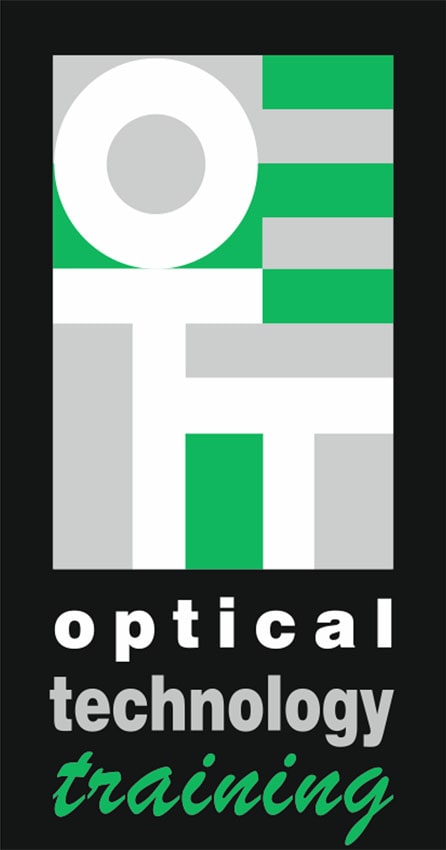What do we mean by a coherent detection system in an optical network?
 In a coherent detection system, the information may be coded into the phase of the lightwave, as well as into the intensity or amplitude of the light. In addition, most coherent systems double their capacity by carrying two channels of information in two different polarisation states of light, that are at right angles to each other. So the task at the receive end of the link, to convert our optical signal back to an electronic signal, is a great deal more complicated, than it is in direct detection systems.
In a coherent detection system, the information may be coded into the phase of the lightwave, as well as into the intensity or amplitude of the light. In addition, most coherent systems double their capacity by carrying two channels of information in two different polarisation states of light, that are at right angles to each other. So the task at the receive end of the link, to convert our optical signal back to an electronic signal, is a great deal more complicated, than it is in direct detection systems.
Basically, at the receive end, the optical signal is mixed in a special way with some of the continuous wave light from the local transmitter laser which provides a phase reference. A complex process, then means that we end up with the signal arriving at a set of four balanced pairs of detectors. Between them, the electrical output from these, carries all of the information about the signal’s intensity, phase, wavelength and its polarisation state. However, some very sophisticated digital signal processing is required of these four analogue electrical signals to recover the data that was coded into such a complex optical signal. This is why coherent detection systems, are generally much more expensive than direct detection systems! You can find out more about direct detection systems in our video here.
Where are coherent detection systems used?
 In general, coherent detection systems are much more expensive than direct detection systems. Coherent systems are used to provide very high data rate channels, commonly 100Gb/s and 400Gb/s, but they are also capable of 800Gb/s, 1.2Tb/s, 1.6Tb/s.
In general, coherent detection systems are much more expensive than direct detection systems. Coherent systems are used to provide very high data rate channels, commonly 100Gb/s and 400Gb/s, but they are also capable of 800Gb/s, 1.2Tb/s, 1.6Tb/s.

Which course should I go on to learn about coherent detection systems?
 On the advanced level Certified Optical Networking Engineer (CONE) we investigate coherent transmission and detection systems, as we tackle the critical networking challenges of: increasing capacity, extending reach, increasing flexibility, controlling latency, providing quality of service, going open and interoperable, all whilst also driving down costs and electrical power consumption! We look at a wide range of associated technologies, including those shown below, and the impact they have on achieving these challenges.
On the advanced level Certified Optical Networking Engineer (CONE) we investigate coherent transmission and detection systems, as we tackle the critical networking challenges of: increasing capacity, extending reach, increasing flexibility, controlling latency, providing quality of service, going open and interoperable, all whilst also driving down costs and electrical power consumption! We look at a wide range of associated technologies, including those shown below, and the impact they have on achieving these challenges.
Ask us for the full course programme for the Certified Optical Networking Engineer (CONE) course using the form below. Find out about the difference between direct detection systems and coherent detection systems here.
Find a course
The CONE course is currently delivered by OTT’s training delivery partners in OTT’s partners in the UK, Ireland, Europe, USA, South Africa, Nigeria, New Zealand and Australia. It may be possible to arrange courses onsite for company groups located in other regions. Some of their dates will be listed here. Please note that this is an intensive advanced course. If you will be attending a public CONE course it is mandatory that you have attended the CONA Certified Optical Network Associate course first. If you feel that you and your team have the experience to go straight to CONE then ask us about a closed company course (typical group size is 8). If you’d like to keep up-to-date with future public dates for this course then why not follow us on LinkedIn, or fill in the form and OTT or one of our partners will be in touch.
We respect your privacy and we will only share the information you give us with the delivery partner in your region or the one most likely to be able to provide what you are looking for. You can find our full privacy policy here.


